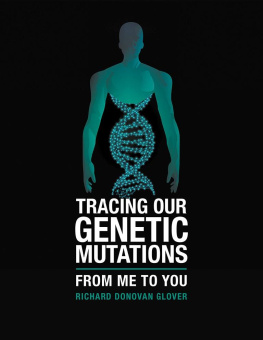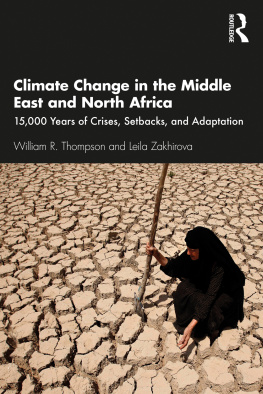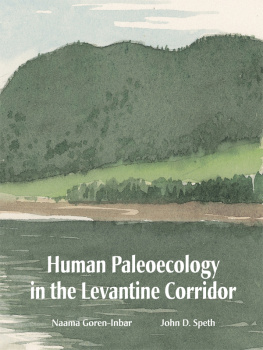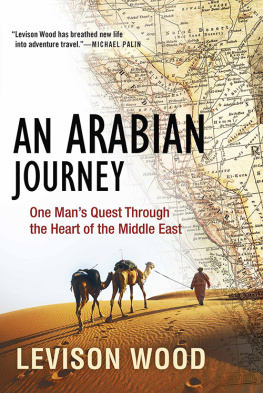RICHARD DONOVAN GLOVER
TRACING OUR
GENETIC
MUTATIONS
FROM ME TO YOU
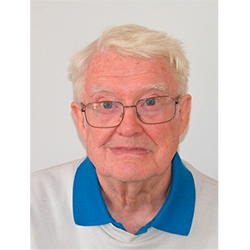
AuthorHouse UK
1663 Liberty Drive
Bloomington, IN 47403 USA
www.authorhouse.co.uk
Phone: 0800.197.4150
2018 Richard Donovan Glover. All rights reserved.
No part of this book may be reproduced, stored in a retrieval system, or
transmitted by any means without the written permission of the author.
Published by AuthorHouse 07/17/2018
ISBN: 978-1-5462-9531-0 (sc)
978-1-5462-9530-3 (e)
Any people depicted in stock imagery provided by Getty Images are models,
and such images are being used for illustrative purposes only.
Certain stock imagery Getty Images.
Because of the dynamic nature of the Internet, any web addresses or links contained in this book may have changed since publication and may no longer be valid. The views expressed in this work are solely those of the author and do not necessarily reflect the views of the publisher, and the publisher hereby disclaims any responsibility for them.

Contents
From a young age, I wanted to trace my familys history, hoping to get back to the very beginning of modern mankind seemingly a ridiculous and impossible task! However, inspiration came to me in the 1950s whilst serving in the Royal Air Force. I was stationed for two years at Castel Benito in Libya, which was situated on a sandy, unmetalled road leading from Tripoli into the Sahara. Many times, it intrigued me to see people passing our camp on foot some with shoes, some without, all with differing skin colours and facial features. I realised many of them must have walked hundreds or even thousands of miles across the desert towards Tripoli, hoping for a better life. A few of them obviously came from tropical Africa, with their ebony skin; some were the Tuaregs and other tribes of the desert, with their much-weathered dark-brown skin; and others were the Arabs of North Africa, with their lighter olive-brown skin, all in comparison to the former colonial Italians, with their tanned white skin. I was determined then to learn all about human migrations and the evolution that went along with them.
In the following pages, Ive tried to explain these and other bodily differences and why they came about. These travellers along this sandy road descended from the people who had had various mutations many thousands of years earlier.
Ive tried to bring this fascinating story to you in an easily readable form. The male Y chromosomes and the female X mitochondria in the cells of everyone alive today have travelled a 270,000-year journey, from the time of the first known anatomically modern humans Homo sapiens to today.
As Spencer Wells of the Geno 2.0 Project states, The greatest history book ever written is the one hidden in our DNA.
1
MAP OF THE LONG JOURNEY OF MY LITTLE Y CHROMOSOMES
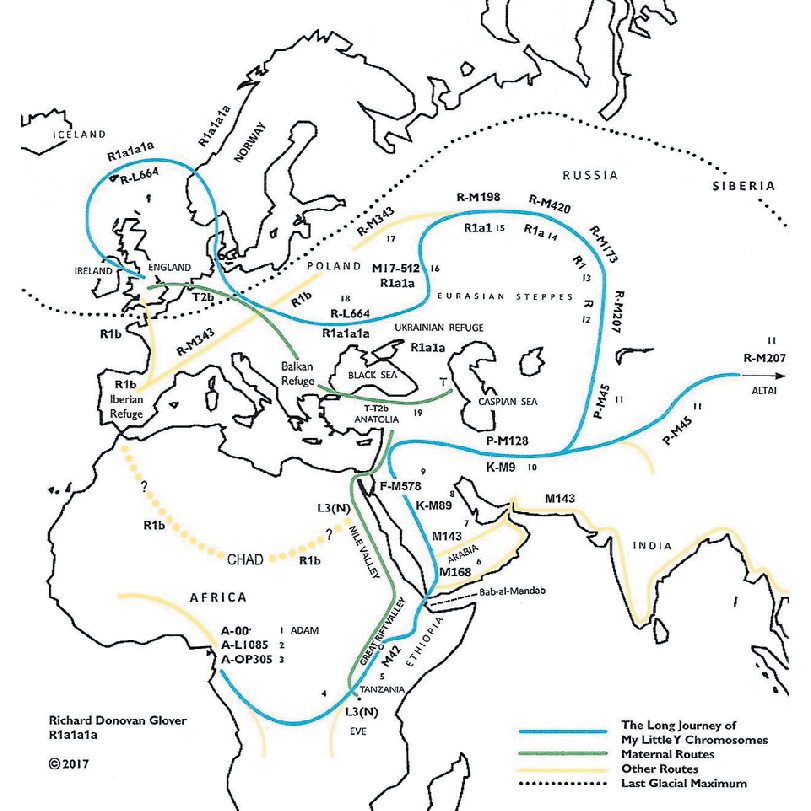
The long journey of mankind starts in Central West Africa and takes us to Ethiopia, the Great Rift Valley, Arabia, the Middle East, South-West Asia, Egypt, Levant, Southern Siberia, the Eurasian Steppe, Ukraine, Anatolia, the Balkans, Russia, Eastern Europe, Central Europe, Poland, Germany, Scandinavia, Norway, Ireland, and England.
I detail the small numerals on the map near each mutation number in the Haplogroups section of this book. They give the possible origins and suggested dates of when each mutation took place. My ancestry, combining both my paternal and maternal sides, states that I am 43% Western/Central European, 34% Scandinavian, 19% British/Irish, 3% Jewish diaspora, and 1.3% Neanderthal. These percentages do not include African or Asian data. Overall, I am YDNA R-L664 (R1a1a1a) DYS388-10. On my maternal side, I am T2b. Interpreted another way, my ancestors in Europe must have lived nearly half their lives in Western and Central Europe, a third of their lives in Scandinavia, and only a fifth of their lives in the British Isles.
2
INTRODUCTION
I am not a scientist but a long-time and very interested spectator of human evolution and migrations. So I am not quite a DNA newbie. I leave the geneticists and scientists to do their work on this continuing, very complex, and difficult subject. I simply try to compare, assimilate, and translate information from the many published papers. I use this knowledge to explain my family history and, possibly inform many thousands of other people who know, or think, they have a Viking ancestor. Also, nearly everyone whose ancestors started their journey moving north to the Middle East and the Eurasian Steppe before dispersing east and west may find this book of interest. Varying mutations caused their characteristics to change to fit the climate they moved to.
I try to go back to the beginning of modern humankind, more than a quarter of a million years, when Homos first major mutation took place to become Homo sapiens. But all the dates I mention are still speculative, and some are hypothetical. Various authors seem to differ in their conclusions. Until further genetic research is complete and archaeological remains are unearthed, it remains impossible to prove, without some doubt, this part of our evolution and migration. Like life itself, the climate at the time and overall climate change overall moulded these migrations.
We can see that the trail of Y male chromosomes and female mitochondria follows each step of the way in this discourse, from 270,000 years ago, A-00, to present day, R-L664. This is the journey I pursue today.
3
DNA AND ITS WORKINGS
Genetic mutations are permanent alterations in the DNA sequence that makes up genes. Gene sequences differ in most people by anywhere from a single DNA building block (base pair) to a large segment of a chromosome that can include multiple genes.
Our DNA is a long, linear sequence of small molecules called nucleotides . They constitute the double-helix DNA strand, denoted by the letters A, C, T, and G. They represent the building blocks of life. Their specific order and position in the genome, known as markers , encode the information within the DNA. Random mutations in the DNA sequence occur as copying mistakes during cell division. This can involve replacing a single nucleotide with another or deleting nucleotides. Mutations are rare, given the large size of the genome: about six billion nucleotides. Children can have only about fifty single-nucleotide mutations that distinguish them from their parents. These changes, going on for many thousands of years, gradually accumulate, enabling people to fit the climate and environment they live in.
Unlike other chromosomes, the Y chromosome carries only a few genes; most of it does not recombine. This little or no change makes the Y chromosome ideal for investigating human evolution and for medical and forensic genetics. The Y chromosome is self-determining. Half the sperm cells made by men develop into males upon fertilization; those without a Y chromosome (XX) develop into females. It follows that a man inherits his Y chromosome from his father, who gets it from his father, and so on, back through time for tens of thousands of years. It is the same for the female side, using the mitochondrial DNA that passes from mother to daughter, with little change for tens of thousands of years.
Random beneficial mutations in the Y chromosome are extremely rare, usually happening only after many thousands of years. But when they do, the offspring multiply, prosper, and spread. The seemingly sudden change from one mutation marker to another originated naturally in one individual. But by the time human remains are located, analysed, and dated, thousands of years could have passed. It is possible minor unharmful or neutral mutations can occur in any individual and then get passed down and eventually lead to genetic spread and diversity, essential in evolutionary terms but causing little change in perceived characteristics.
Next page
